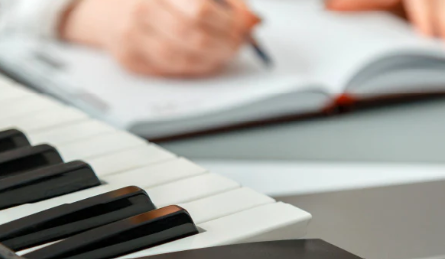Music Lesson Organization

Just as every student has a different personality with different musical taste, they are all diversified in their level of organization. However, there are some fundamental organizational practices that often lead students to success within their lessons.
1 – Set goals
Before selecting a teacher, a student should understand what their musical goals are, and then get paired with a well suited teacher that specializes in that area. At Cook Music School this is a big part of the fundamental structuring of our business. When a teacher gets to teach a student that’s enthusiastic about the same areas of music as themselves then it’s much easier for the teacher to help the student break down their goals within that idiom, and eventually achieve those goals. So, firstly, if a student knows their goals, then they need to find a teacher that can help them achieve them, but if a student does not know their goals, it’s best that over time they find the best teacher to help them illustrate what those goals might look like. We don’t always know what we want to learn, or how we want to learn it, but even for those of us that are unsure, there’s always a teacher that can help the student search inward to find their musical direction. So, whether you know your goals ahead of time, or need some help forming them, this is a huge initial step toward making serious progress as a musician.
2 – Practice Schedule
Once your goals are set, now you can break down the process of how to achieve them. This often comes in the form of a practice schedule. An experienced teacher will be able to help a student break down their week, so that other activities outside of music are considered, and the remaining spare time is properly used at their instrument. At our school, we often recommend that students practice 4-6 times per week, but sometimes schedule don’t permit this. If a student doesn’t have as much time to practice, they should manage their expectation as to how quickly they might be able to develop. But, with that said, proper pratice during that limited time can still be optimized to get the most out of their practice.
Once a student’s schedule is understood, they will then be given a practice schedule that outlines what they are expected to practice on each day of the week, and for how long. If a day is missed, it’s often recommended that the practice time is made up for on antoher day of the week. If, for example, 3 Wednesdays are missed in a row, and Wednesdays are the days where minor scales are expected to be practiced, then the student will feel very unprepared to show their progress of minor scales to their teacher. This is why it’s so important to make up for missed practice days. While this may not always be possible, it should still be the intention of the student in most cases.
After being instructed as to which days to practice, how long to practice for, and what they should practice each day of the week, the process of practicing weekly should become more less stressful and more straight forward. We can’t always practice every category of our technical requirements every day of the week, as well as new songs, old songs, etc. This is why breaking things down into a schedule can help compartmentalize the process in a way that makes for focused practice that lead a student toward achieving their goals with as little guess work as possible.
For more information on forming your practice schedule, check out our blog dedicated to this topic here.
3 – Routine Consistency
If a student misses a day of practice, as outlined in the previous section, they should try to find a way to make up that lost day. Perhaps they double up practice on another day when they have more spare time, or they may choose to break the missed day up in a way where the work can be spread out to other days of the week. ie. if wednesday is missed, make up for half of that missed day on Thursday and the other half on Saturday.
However, longer breaks need to be treated differently. If a student is sick for many days in a row, and is unable to practice, which is very common, then it’s crucial that the student has the intention of getting back into their regular practice routine. This may happen suddenly for some students (instantly getting back into their full schedule once they have the time again), while other students may need a few weeks to ease back into their schedule. Either way, a longer break from practice can destroy a good routine, so it’s important that the student understands that they need to get their goals back in sight and get back to their practice schedule. A great example of how this is imporant is when there is a 1 week break from lessons (perhaps the teacher was sick). Often the student will practice regularly leading up to the missed lesson, and then practice less the following week, having been taken slightly off of their routine as a resulf of the missed lesson. So when the student goes back into lessons after the break, they actually seem less prepared. This is why practicing consistently should be a main goal of all students.
4 – Limiting distractions
Social media, video games, binge watching, and so many other distractions can get in the way of our practice as musicians. It’s important to find as many ways as one can to limit those distractions so that we can keep our practice consistent. Here are a few ideas for how to limit these distraction.
– set a timer when you start practicing, and put your phone in another room (or on do not disturb). As long as the timer is running, you should try to stay off of your phone. Of course emergency situations always call for our attention, and should not be ignored (so answering a phone call may make the most sense), but responding to a social-based text, answering a work email that can wait, or reading an interesting news article that popped up on your home screen can be huge distractions that can become part of your practice routine.
– for kids, knowing that they have “screen time” right after a lesson can force them to be distracted and simply pass the time until they get to play, say, Minecraft. Inversely, having them on their screens before practicing may make the practice seem boring. There’s no gold coins, fun sound effects, and other quick dopamine hits that we get from online games and social media. This is why it’s recommended to leave a buffer between practicing and screen time. That way they go in with their full attention, and can simply immerse themselves in their practice.
– some applications can actually limit the use of other apps. So if you find yourself tempted to scroll through Instagram during your practice time, these apps can turn off the use of apps that may be distracting you. Even outside of the context of this blog, it’s not a bad idea to use these apps (such as ActionDash) to limit your time on apps that may be taking up much of your spare time. So, use these helpful apps to lessen your addition to your phone/social media, and help reset your routine with more fruitful hobbies such as music or other forms of art.
– siblings can be our best friends and playmates, but can also lead to distractions during our practice time. While you’re practicing piano, they get to play video games?! While you’re practicing guitar, they’re watching TV?! It makes sense to have siblings being productive at the same time, and often in separate areas. This way they are less likely to experience FOMO or auditory distractions, and can stay focused on the task at hand.
– lastly, for adults with involved jobs, give yourself a minute or two before you start practicing to reminder yourself that you are shutting off from the world for a few moments. Like a short and simple form of meditation, just tell yourself that you’re taking time for yourself, and not going to worry about that meeting tomorrow, or the the chat you had with your boss earlier that day. For the upcoming moment, you are simply an artist, using art as a way to let go of daily stresses and create something that you and others can enjoy.
While every family has their own dynamic, it’s impossible to breakdown every way that a student may best organize their day/week, but we hope that this article has given you a solid foundation as to how to approach your lessons so that you can get the most out of them.
Cook Music School is always looking for ways to improve our resources for students, so if you’d like to see any sections added to this blog, please feel free to contact us here.

